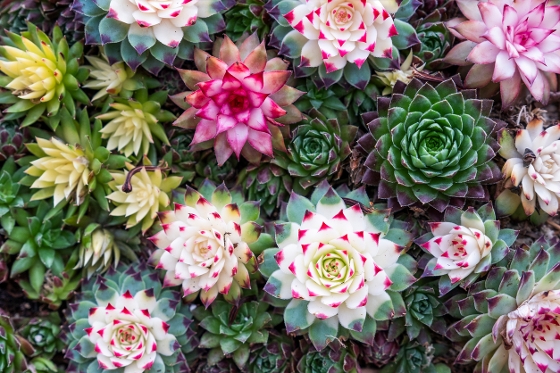Please visit our Open House at 205 1011 Fourth Avenue in New Westminster. See details here
Open House on Sunday, June 1, 2025 2:00PM - 4:00PM
Fabulous renovated unit in a great building. Spacious 972 SqFt 2 bedroom / 2 bathroom end-unit home. New Kitchen with Quartz counters and S/S Appliances. Walk in Shower and Stacking Washer/Dryer. New Laminate Flooring and Paint throughout. Proactive building with lots of building upgrades include all new windows & sliding doors 2016, new elevator 2015, Pipes 2002, Roof 2008, Exterior Painting 2022. Worry free building. In-suite laundry! Outdoor Swimming Pool! Pet friendly. Strata fees include your hot water heating and water. 1 Parking & 1 storage included. OPEN HOUSE SUN, JUNE 1, 2-4 PM.
 June 2025 marks a turning point in how innovation will reshape the way we live, work
June 2025 marks a turning point in how innovation will reshape the way we live, work
 Xeriscaping is a sustainable landscaping approach that uses drought-tolerant plants to conserve water while still creating a beautiful outdoor space. The term comes from the Greek word xeros, meaning “dry,” and the practice is designed to minimize the need for irrigation and maintenance.
Xeriscaping is a sustainable landscaping approach that uses drought-tolerant plants to conserve water while still creating a beautiful outdoor space. The term comes from the Greek word xeros, meaning “dry,” and the practice is designed to minimize the need for irrigation and maintenance.

 https://mailchi.mp/bcrea/canadian-retail-sales-march-2025
https://mailchi.mp/bcrea/canadian-retail-sales-march-2025